September 12, 2017
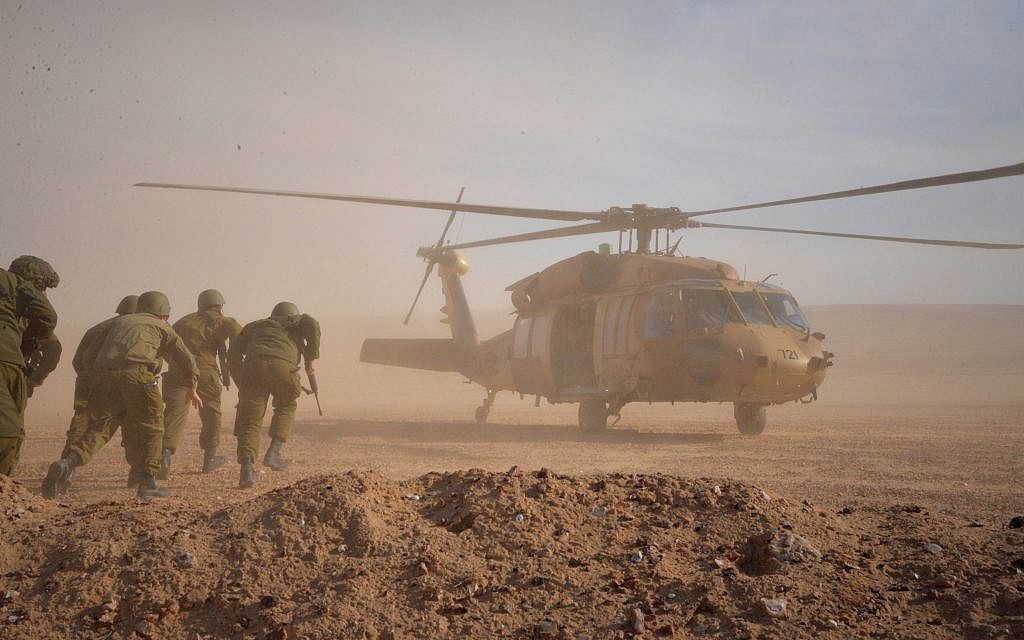 After war games with mock terrorist ‘killing sprees’ in Israeli communities and a counterattack in southern Lebanon, army bringing to a close its largest drill in 19 years
After war games with mock terrorist ‘killing sprees’ in Israeli communities and a counterattack in southern Lebanon, army bringing to a close its largest drill in 19 years
After a week of beating back simulated Hezbollah raids on border communities and responding to fake rocket fire over much of Israel, the IDF went on a mock offensive in southern Lebanon, as the military’s largest exercise in nearly two decades came to a culmination on Monday, a senior IDF officer said.
Last week, the army launched its largest drill since 1998, with tens of thousands of troops drilling for a war with the Hezbollah terrorist group, which the army considers to be its main threat.
The war game was run by the head of the IDF’s Northern Corps, Maj. Gen. Tamir Hyman. It included both physical actions and maneuvers by foot soldiers, land vehicles, naval vessels, helicopters and planes (including jets that reportedly broke the sound barrier over southern Lebanon), as well as computer models.
The exercised was named “Or HaDagan” after Meir Dagan, a former Mossad chief and IDF general who died last year.
In the simulation, war was sparked by a Hezbollah incursion into Israel, followed by rocket fire. “The exercise began on the defensive, with a Hezbollah initiated attack, in which it crossed the Blue Line and infiltrated [Israeli communities],” the officer said late Monday night, speaking on condition of anonymity.
“There were raids on communities near the border, killing sprees in some places,” he said.
The military focused on defending the towns along the border, practicing the evacuation first of the ones lying within four kilometers of the border with Lebanon, and working outwards to nine kilometers from the frontier.
According to the officer, this included everything up to, but not including, moving residents out of their homes, as the army did not want to disrupt the routines of local residents during this specific drill.
IDF all-terrain vehicles idle during an exercise in northern Israel simulating a war with the Hezbollah terrorist group in September 2017. (Israel Defense Forces)
After the initial focus on defense, this week the army went on the attack, pretending to conduct ground maneuvers in southern Lebanon, using the similar terrain of northern Israel.
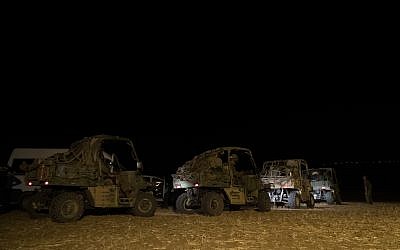 The drill will technically continue through Thursday, but is “scaling down considerably” starting Tuesday, the officer said.
The drill will technically continue through Thursday, but is “scaling down considerably” starting Tuesday, the officer said.
Israel last fought a full-scare war with Hezbollah in 2006’s Second Lebanon War, and tensions have remained high even as the northern border has remained relatively quiet since.
This exercise was touted as a chance to practice failures or military shortcomings exposed during the war.
Led by Hassan Nasrallah, Hezbollah is believed to have an arsenal of between 100,000 and 150,000 short-, medium- and long-range missiles and a fighting force of some 50,000 soldiers, including reservists.
It is seen by the IDF as its main threat, representing the standard by which the Israeli army measures its preparedness.
While military officers often discuss a future conflict with the terrorist group as a matter of “when, not if,” the assessment of the IDF is that Hezbollah is not currently interested in renewed warfare with Israel at present, due to its active involvement in the Syrian civil war, which have caused it significant strategic problems.
Focus on cooperation
In Brig. Gen. (res.) Gal Hirsch’s book on the Second Lebanon War — “A Story of War, a Story of Love,” in Hebrew; “Defensive Shield,” in English — the former commander of a Northern Command division, who played a key role in the conflict, lays out many of the military’s failings: communication issues, intelligence not reaching commanders in the field and an over-reliance on air power.
While the past 11 years of quiet on the northern border are seen as a direct result of the conflict, within the military the war marks a point of negative comparison. “We’re much better since the Second Lebanon War” is a common remark from IDF officers.
The main focus of this month’s drill was therefore cooperation, the officer said, both within the Ground Forces and between the Ground Forces, Air Force and Navy.
“Why? Because this was one of the take-aways of the Second Lebanon War and before that,” the military official said.
In his book, Hirsch describes a moment after the 2006 war — which started after Hezbollah terrorists killed three soldiers, injured two and took two hostage — when he realized that had he received an intelligence report, which never made it out of the Military Intelligence Directorate, the conflict might have been prevented entirely.
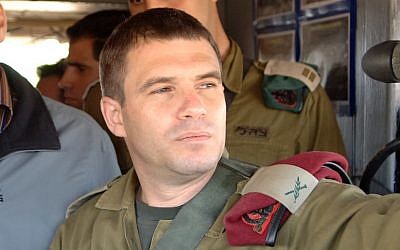 “There was no doubt that if I had seen even a fraction of what existed at [Military Intelligence], I would not have canceled the high alert and would not have opened the roads. The abduction would certainly have been prevented,” Hirsh wrote. (Emphasis his.)
“There was no doubt that if I had seen even a fraction of what existed at [Military Intelligence], I would not have canceled the high alert and would not have opened the roads. The abduction would certainly have been prevented,” Hirsh wrote. (Emphasis his.)
While there is no way to know if the kidnapping of Ehud Goldwasser and Eldad Regev could indeed have been prevented, the senior officer said that throughout the exercise the military worked to shorten the amount of time it takes for a piece of intelligence to reach the “tank, plane or infantryman” that needs it, the officer said.
“This was needed,” he said, because the army “knows that the future battle with Hezbollah will be more complex than it was in the past.”
The officer also said that the main thrust of the army’s attack plans involved large-scale maneuvers “behind enemy lines” by the Ground Forces, with “the air force and navy supporting it.”
These “massive maneuvers” will involve “multiple divisions working together,” he added. (Divisions generally consist of thousands or tens of thousands of soldiers.)
The understanding, he said, is that the “decisive victory” will come from a “ground maneuver that will kill [Hezbollah] operatives, will kill Hezbollah fighters, that damages their infrastructure, that damages their ability to command, their logistics, their control.”
The officer said that while the military plans to “defend along the entire Blue Line” — the term for the Israeli-Lebanese border — “and maintain our sovereignty,” the army is also aware that it cannot hermetically seal the border and that Hezbollah terrorists might eventually break through its line.
“If Hezbollah puts all its efforts into one specific point, there’s a chance it will break through and cause damage,” he said.
“Hezbollah has attack capabilities that it’s developed from its desire to attack border communities and murder civilians,” the officer said. “We know that’s an operational achievement that they desire, and so we’re preparing for it.”
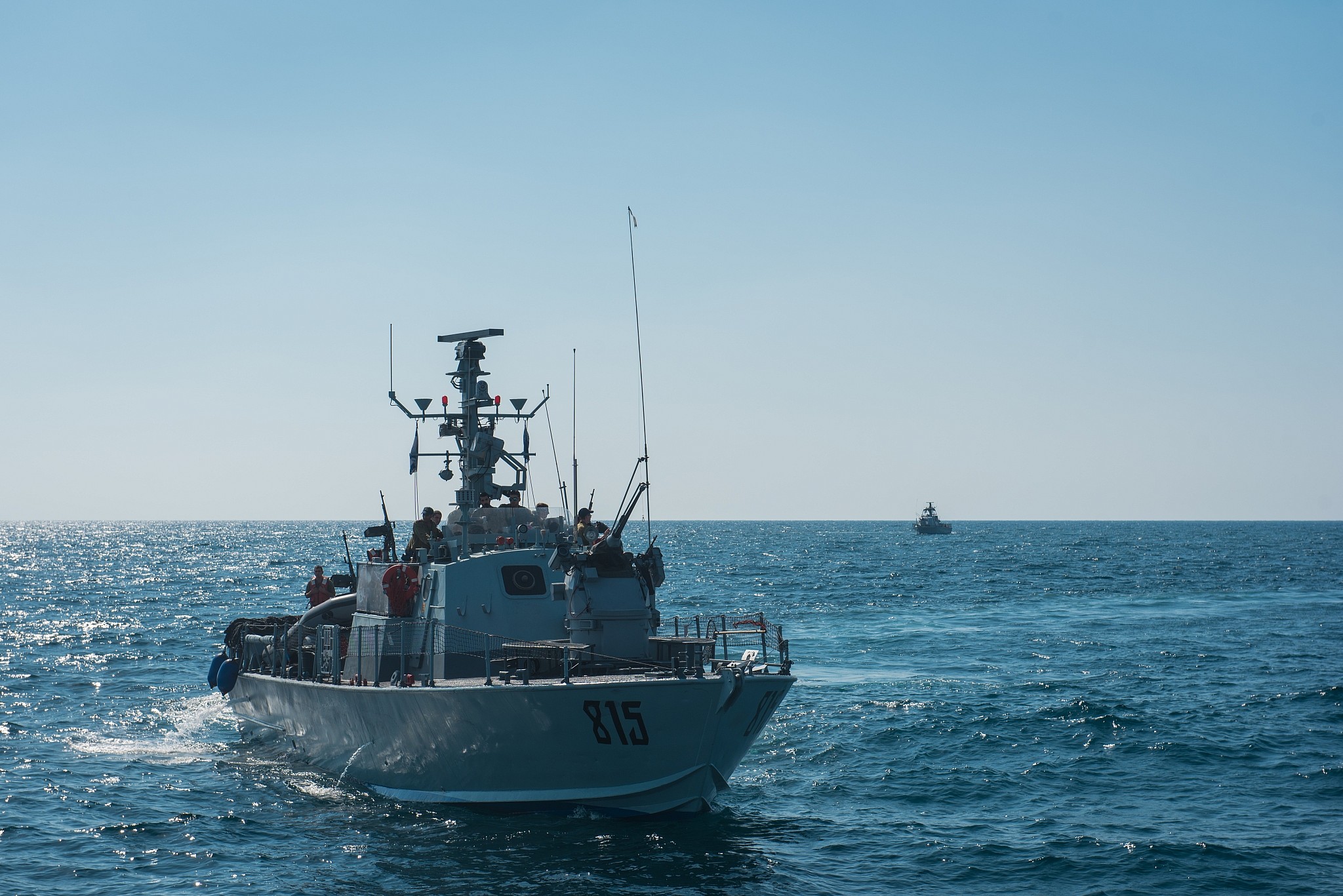
Israeli Navy boats take part in an exercise in northern Israel simulating a war with the Hezbollah terrorist group in September 2017. (Israel Defense Forces)
The 10-day drill also included aspects of cyber warfare, the officer said, though this was not the main focus.
This digital warfare dealt mainly with “information security,” ensuring that Israeli intelligence was not made available to Hezbollah, as well as defending against cyber attacks on military networks by the terrorist group, the officer said.
The former could be seen in the decision by the head of the IDF Northern Command to suspend a lieutenant colonel during the exercise for violating the rule of “information security.”
Attacks on military communications were also simulated throughout the exercise, the officer said, with units having to occasionally make do without technology as though it were knocked out by a cyber attack.
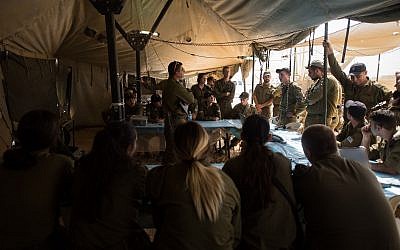
IDF soldiers prepare for the ‘Light of the Grain’ exercise, the army’s largest in 20 years, on September 4, 2017. (Israel Defense Forces)
Dozens of senior officers monitored the exercise over the past week. They came from the army’s Center for Ground [Forces] Training, known in the army by its acronym “Mali,” as well as a specific department tasked with monitoring drills run by the General Staff.
The army has already begun assessing the army’s efforts over the past week and will review the entire drill once it ends on Thursday in order to find “what can we learn from this exercise and how to apply it in a real scenario,” the officer said.
No comments:
Post a Comment